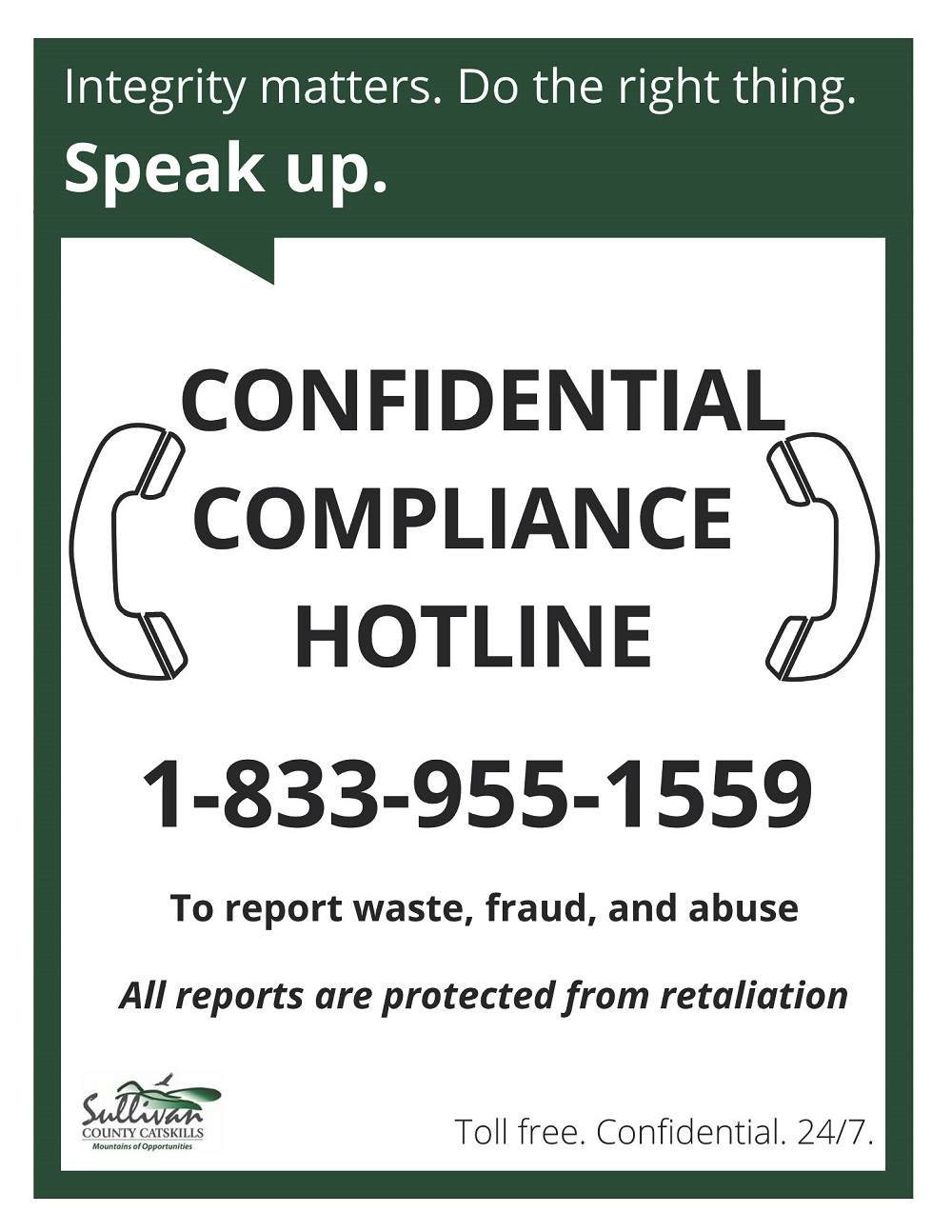Answer: Foster children are youth who have been removed from parental custody as a result of abuse, neglect or abandonment.
Q2. What do foster parents do?
Answer: Foster parents provide a safe and secure home environment for a child in need. Foster parenting begins with providing children with basic needs, like food, clothing, shelter and then extends to general parenting, such as supervision, recreation and transportation to therapy, medical appointments, dental visits and to activities in the community.
Q3. What if I am a single parent? Does that mean I cannot be a foster parent?
Answer: Not necessarily. Sullivan County ROCK (Reaching Our Community Kids) recognizes that single parenting is a dynamic that exists. If a single parent is capable of investing in the time and activities that are essential to helping a foster child, such as availability to the child before and after school and helping to develop, implement and monitor a behavioral plan, the single parent application will be processed much the same as it would for a two parent family.
Q4. How do I know if foster parenting is right for me and my family?
Answer:
- Can you love and care for a child who has come from a different background, perhaps a family of addiction, sexual abuse or crime?
- Can you help a child develop a sense of belonging in your home, even though the stay is temporary?
- Can you love a child who, because of a fear of rejection, does not easily love you back?
- Are you secure in yourself and your parenting skills?
- Can you set clear limits, and be both firm and understanding in your discipline?
- Can you cope with bedwetting, lying, defiance and minor destructiveness?
- Can you tolerate major failure and small successes?
- Can you accept assistance and guidance from trained professionals?
- Can you work with, and maintain a positive attitude toward a child’s parents, even though many of the problems the child is experiencing are a direct result of the parent’s actions?
- Can you love with all of your heart, and then let go?
If you said “yes” or “probably” to these questions, then there are children waiting to meet you.
Step one is expressing an interest and attending an informational meeting. You may also want to discuss your initial interest with one of our homefinders.
Step two requires training. SC ROCK utilizes the MAPP (Model Approach to Partnership and Parenting) process and requires that interested potential foster parents attend the 30-hour pre-service training.
Step three requires a visit to your home by one of our homefinders to discuss your role and responsibilities as a foster parent, agency expectations, and to complete necessary paperwork.
The process for certification is generally eight to ten weeks if all paperwork is processed in a timely manner.
Foster care is a temporary solution to problematic family issues. Every child that enters foster care has a permanency plan where the ideal goal is to return to the family or origin. Foster families provide a healthy and safe environment in which a child can benefit from family role modeling, while the family of origin works on resolving problems. In most situations, foster families are also encouraged to provide role modeling, assistance and support to the child’s family of origin.
Ideally, foster families work on accepting a foster child as a member of the family, and realistically, bonding and attachments are healthy family interactions that should occur. This is a difficult feature of the commitment. Remember, however, that ties to a child do not have to end when placement determines a child is ready to return to his/her parents. You will be able to provide a resilient resource for your foster children in simple ways. Staying in touch is easy when you remember birthdays and holidays, visit occasionally, or correspond through letters and telephone calls. Your continued interest in the child’s life will help to strengthen a youth’s socialization skills and teach the child to respect friendship. Certainly, continuing a relationship with a foster child is not always suitable or possible, but when it is possible, the process is easy.
Q9. How often do children visit their parents, and do they visit in my home?
Visits between parents and children are very important for many reasons, and they are usually scheduled to take place at least bi-weekly. There may be special circumstances that prevent frequent visits, and there are some situations that require special supervision during visits.
Some children will visit parents for the weekend and holidays, and some children will participate in short, monitored visits. Most of the visits will occur at the home of the parents. However, there are occasions when it is appropriate for the parent to visit at the foster home. The details will be planned through your assigned agency worker and are generally known prior to the child’s placement with you.
It is helpful to point out that visitations can change throughout the course of placement, depending on circumstances.
Q13. As a foster parent, am I responsible for purchasing a child’s clothing?
Answer: All children in foster care are entitled to annual clothing allowances. However, foster parents may elect to purchase additional clothing throughout the years.
Q14. Who is responsible for a foster child’s medical and dental expenses?
A foster home is expected to function much like an average home. Parents do hire babysitters when they enjoy an evening out or participate in out-of-home obligations.
Foster parents are advised to submit a New York State Registry Clearance for any person or family member who may be caring for the foster child on a regular basis. This dynamic is discussed in detail during the foster parent training.

